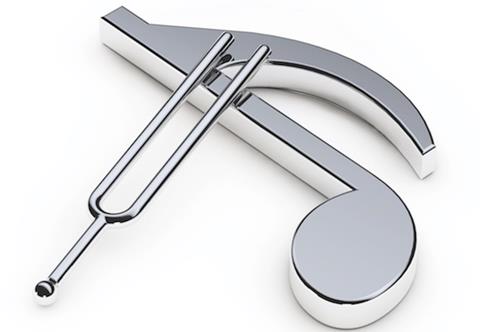
Need to know
- The easiest way to offer in-scheme drawdown is to use a third party such as a provider or master trust.
- Diversified multi-asset funds are recommended for employees on a glidepath to drawdown. These are designed for low volatility, but with real prospects of growth to keep pace with future inflation.
- Once an active decision has been taken, then arguably that should trigger a review of the underlying fund to ensure it suits the individual’s circumstances.
When the concept of in-scheme drawdown was introduced in 2015, nearly 60% of trust-based pension schemes said they would not offer the facility, according to the 2015 Pension flexibility survey published by Willis Towers Watson in January 2016.
However, many schemes are reviewing their positions. A number of large organisations with big governance budgets are preparing to offer drawdown, either as an in-house facility or via a third party, says Brian Henderson, partner, defined contribution (DC) and financial wellness leader at consultancy Mercer.
Drawdown is easiest to implement as part of a large master trust, many of which have put structures in place for participating employers, and via a group personal pension (GPP) provider, although the contractual nature of GPPs means the option cannot be implemented at group level.
Asset mix
One challenge in arranging drawdown is the asset allocation of the underlying investments and how to transition scheme members from the accumulation phase. In-house drawdown will be based on a fund, unlike traditional drawdown plans that are based on a portfolio of primarily income-generating assets, and feed that income straight back into the portfolio for distribution to the policy holder.
Advisers typically recommend a diversified retirement fund, which will be a multi-asset fund with low volatility, with perhaps 30-40% in bonds, but also with real prospects of growth to allow the fund to keep pace with future inflation. The allocation to growth assets also goes some way to protect against ‘negative pound cost averaging’, where taking an income from shrinking investments does disproportionate damage to a pension pot.
Move away from lifestyle funds
Currently, many employers are in the process of switching away from lifestyle funds, that systematically move members 100% into cash and gilts in the run-up to retirement, replacing it either by a single diversified multi-asset fund for all-comers, or a system of three funds targeted at the three basic options of cash withdrawal, annuity purchase and drawdown, in which case the drawdown thread will be a diversified multi-asset fund.
Some paternalistic parties, therefore, believe that employees should be able to make a smooth transition into the post-retirement phase with minimal effort and without incurring trading costs.
In-scheme drawdown
Whether it is possible to design a default fund for in-scheme drawdown is, however, a moot point. The National Employment Savings Trust (Nest) hopes to offer a default retirement income account, alongside a cash lump sum fund and ‘later life’ annuity.
However, once an employee makes a decision regarding what to do with their benefits, such as making a cash withdrawal, this should trigger a conversation about whether the composition of the underlying fund is appropriate to the individual’s needs, says Henderson. “Each member has to make an absolute decision about what to do with their benefits in post-retirement land, while in pre-retirement there is a common goal to build up a portfolio, so talk of defaults post-retirement is dangerous,” he explains.
David Bird, head of proposition development, LifeSight, at Willis Towers Watson, adds: “Employers are considering drawdown because they see the attractions of investing through to retirement with the same assets, avoiding the costs of selling and repurchasing their fund at retirement. But the reality is that using the provider’s vehicle will be a lesser evil than an arrangement that has not been properly set up.”
It is still very early days. Thomson Reuters blazed the trail by implementing in-scheme drawdown in October 2015 after calculating most members would accumulate funds of £100,000 to £500,000. One of the trustees’ first decisions was not to de-risk members in lifestyle funds, but to communicate with those employees most likely to choose drawdown. Having made some interim changes to default funds, they are currently reviewing those options, says Andrew Luck, UK pensions manager.
Mark Pemberthy, director at JLT Employee Benefits, says: “There is also an issue with glide path length. Currently most lifestyle systems don’t even start de-risking until members are in their late 50s but under the new freedoms, people are accessing their funds from age 55. It’s a big disconnect that needs addressing.”











